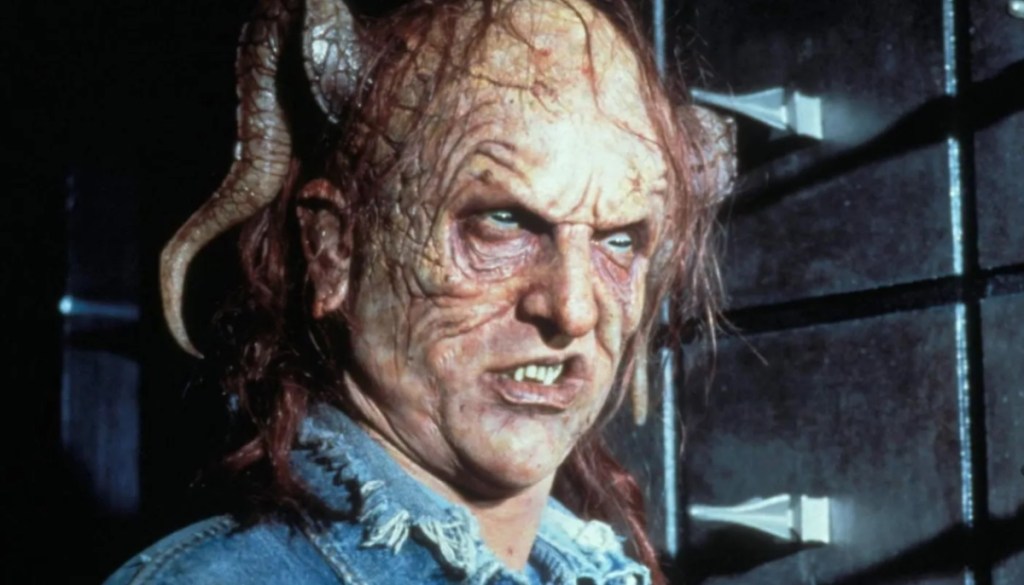One of Stephen King’s most celebrated and massive novels is finally getting a proper big-screen adaptation, with director Doug Liman set to helm a feature film version of The Stand for Paramount Pictures, revealed The Hollywood Reporter. Liman, a director known for his high-concept action films, will also produce the movie alongside Tyler Thompson of Cross Creek Pictures. This marks a significant development for a property that, due to its immense scale and sprawling cast of characters, has previously only been adapted for television. The decision to tackle King’s epic tale of societal collapse and supernatural warfare as a single feature film is an ambitious undertaking, promising a new interpretation of a story that has captivated readers for decades.
Videos by ComicBook.com
Liman is most famously known for reinventing the spy genre with The Bourne Identity, establishing a gritty tone that influenced action movies for years to come. Liman also directed the critically acclaimed science fiction blockbuster Edge of Tomorrow, a film celebrated for its clever high-concept premise and masterful execution of intricate action sequences. His filmography also includes the stylish action-comedy Mr. & Mrs. Smith and the recent remake of Road House, proving his versatility across different genres. Liman’s experience in handling ensemble casts and weaving intricate plots makes him a fascinating choice to handle the sheer scope of The Stand.

The Stand novel begins with a catastrophic breakdown of containment at a secret military base, unleashing a genetically engineered super-influenza known as “Project Blue.” The virus, colloquially nicknamed “Captain Trips,” is 99.4% lethal and spreads across the globe with terrifying speed. King meticulously chronicles the complete and utter collapse of society, depicting the fall of governments, the breakdown of law and order, and the lonely deaths of billions.
As the last vestiges of the old world fade, the story transitions into a supernatural epic. The survivors find themselves being called in their dreams by two opposing figures. Mother Abagail, a 108-year-old woman from Nebraska, represents good and draws survivors to Boulder, Colorado, with the hope of rebuilding a democratic and peaceful society. In opposition is Randall Flagg, a demonic entity of immense power who gathers the outcasts, sadists, and power-hungry to Las Vegas, where he rules as a tyrannical “Dark Man.” The second half of the book details the formation of these two new societies and the escalating Cold War between them, culminating in a prophesied final confrontation that will determine the fate of humanity itself.
The Monumental Task of Condensing Stephen King’s The Stand

Adapting The Stand for a single movie is no easy feat. The unabridged version of the novel is King’s longest, spanning over 1,100 pages with a sprawling cast of dozens of significant characters. The narrative is essentially two epic stories in one: a meticulously detailed post-apocalyptic survival tale followed by a high-stakes supernatural war. Plus, a significant portion of the book’s emotional weight comes from the arduous journeys the characters take across a desolate America to reach Boulder or Las Vegas. These treks are crucial for character development and world-building, and they are often the first elements sacrificed for a condensed runtime.
The Stand has been brought to the screen twice before, both times as a television miniseries. The first adaptation, which aired on ABC in 1994, was a massive television event directed by King collaborator Mick Garris. Despite the limitations of a 90s television budget, it successfully captured the heart of the story and is remembered for iconic performances, including Gary Sinise as Stu Redman and Jamey Sheridan as Randall Flagg. In stark contrast, the 2020 series on Paramount+ was met with a largely negative reception. Its most significant and widely criticized flaw was its decision to tell the story in a non-linear fashion. It began with the survivors already established in Boulder, using flashbacks to depict the plague and their journeys. This structural choice was seen by many as a critical misstep, as it completely undercut the suspense and emotional investment of the characters’ cross-country odyssey, which is the foundational pillar of the book’s first half.
What are your thoughts on Doug Liman directing an adaptation of The Stand? Let us know in the comments.









